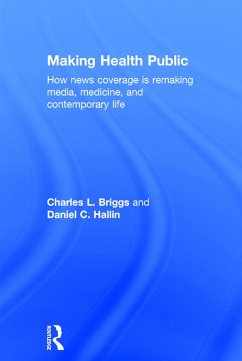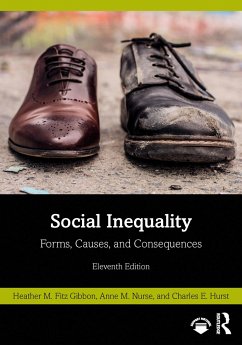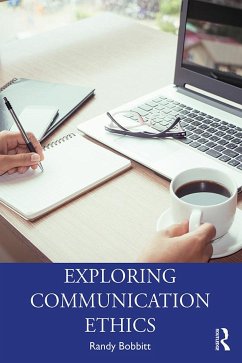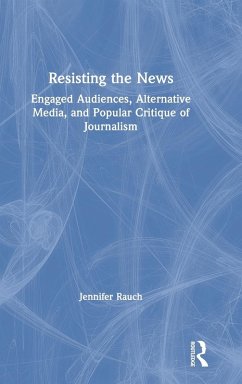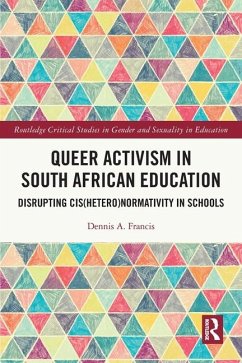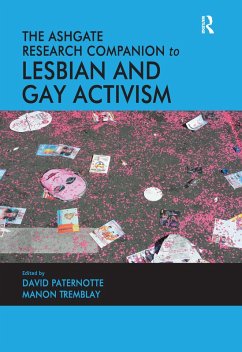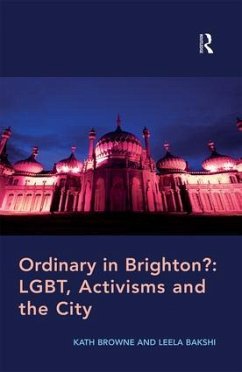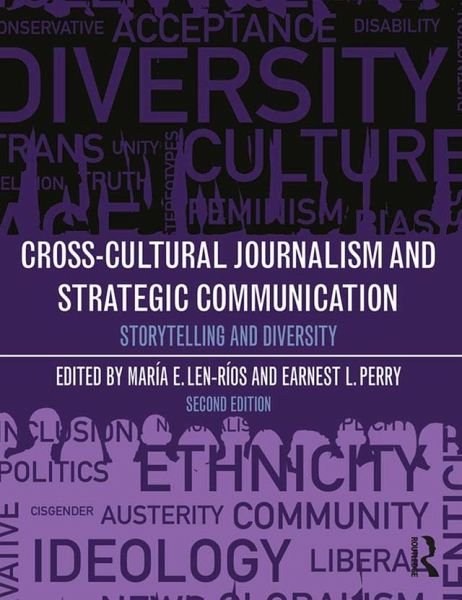
Cross-Cultural Journalism and Strategic Communication
Storytelling and Diversity
Herausgegeben: Len-Rios, Maria E; Perry, Earnest L
Versandkostenfrei!
Versandfertig in 6-10 Tagen
56,99 €
inkl. MwSt.
Weitere Ausgaben:

PAYBACK Punkte
28 °P sammeln!
Built using the hands-on and pioneering Missouri Method, this textbook prepares readers to write about and communicate with people of different backgrounds, offering real-world examples of how to practice excellent journalism and strategic communication that takes culture into account.No matter the communication purpose, this book will help readers engage with difference and the concept of fault lines, and to identify and mitigate bias. It provides guidance on communicating the complexity inherent in issues such as crime, immigration, and sports, and understanding census data gathering methods...
Built using the hands-on and pioneering Missouri Method, this textbook prepares readers to write about and communicate with people of different backgrounds, offering real-world examples of how to practice excellent journalism and strategic communication that takes culture into account.
No matter the communication purpose, this book will help readers engage with difference and the concept of fault lines, and to identify and mitigate bias. It provides guidance on communicating the complexity inherent in issues such as crime, immigration, and sports, and understanding census data gathering methods and terms to craft stories or strategic campaigns. Above all, the book encourages readers to reconsider assumptions about race, class, gender, identity, sexual orientation, immigration status, religion, disability, and age, and recognize communicators' responsibilities in shaping national discussions. This new edition addresses the ever-changing political and social climate, differentiates excellent journalism from punditry, and shows the business value of understanding diverse perspectives.
A fantastic introduction to this complex but important field, this book is perfect for students, teachers, and early career communicators. The combintion of a hands-on approach and pull-out boxes with the diverse voices curated by editors María Len-Ríos and Earnest Perry make this an ideal text for the classroom and beyond.
No matter the communication purpose, this book will help readers engage with difference and the concept of fault lines, and to identify and mitigate bias. It provides guidance on communicating the complexity inherent in issues such as crime, immigration, and sports, and understanding census data gathering methods and terms to craft stories or strategic campaigns. Above all, the book encourages readers to reconsider assumptions about race, class, gender, identity, sexual orientation, immigration status, religion, disability, and age, and recognize communicators' responsibilities in shaping national discussions. This new edition addresses the ever-changing political and social climate, differentiates excellent journalism from punditry, and shows the business value of understanding diverse perspectives.
A fantastic introduction to this complex but important field, this book is perfect for students, teachers, and early career communicators. The combintion of a hands-on approach and pull-out boxes with the diverse voices curated by editors María Len-Ríos and Earnest Perry make this an ideal text for the classroom and beyond.





